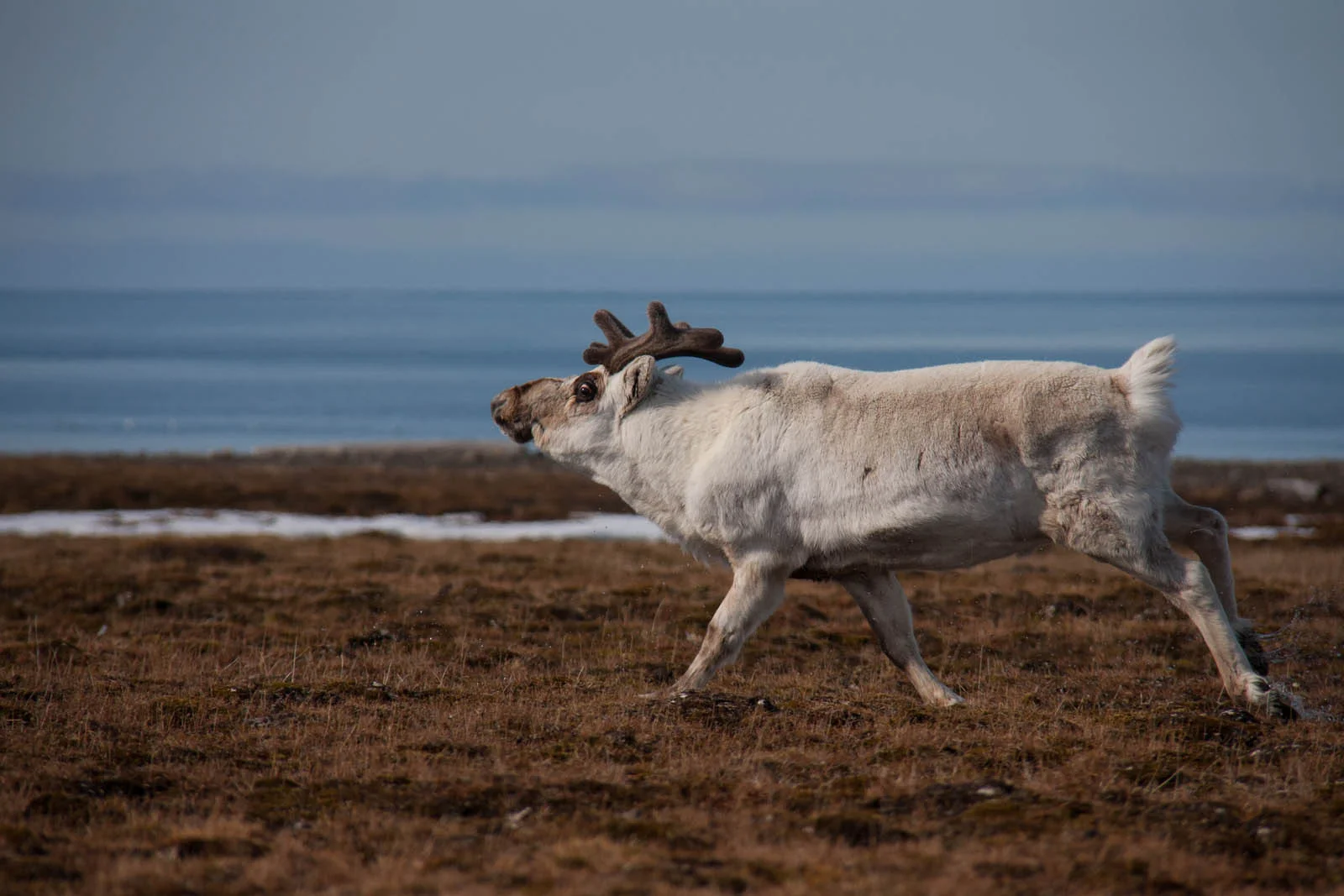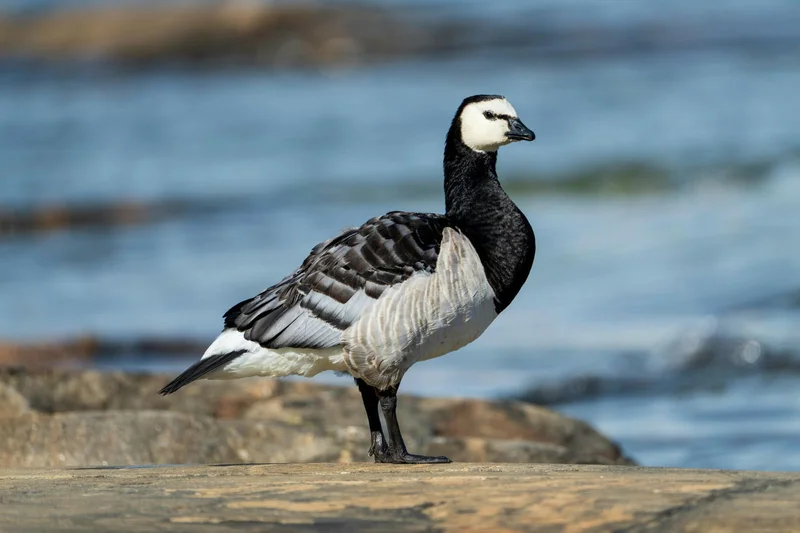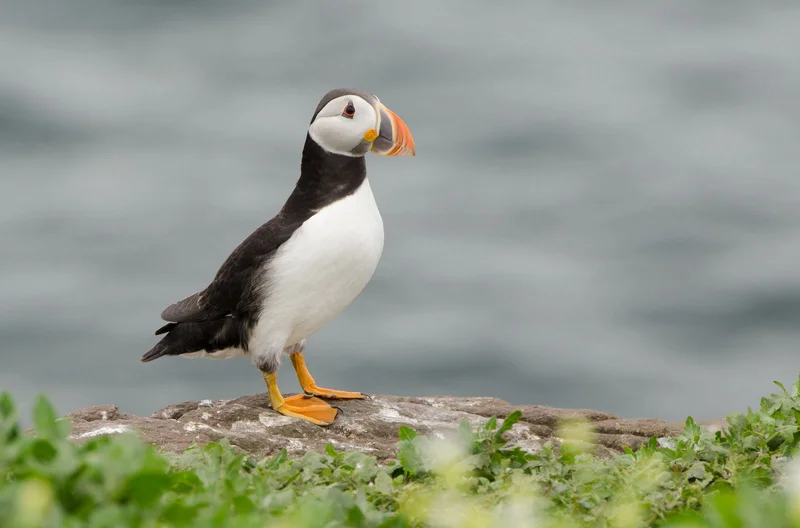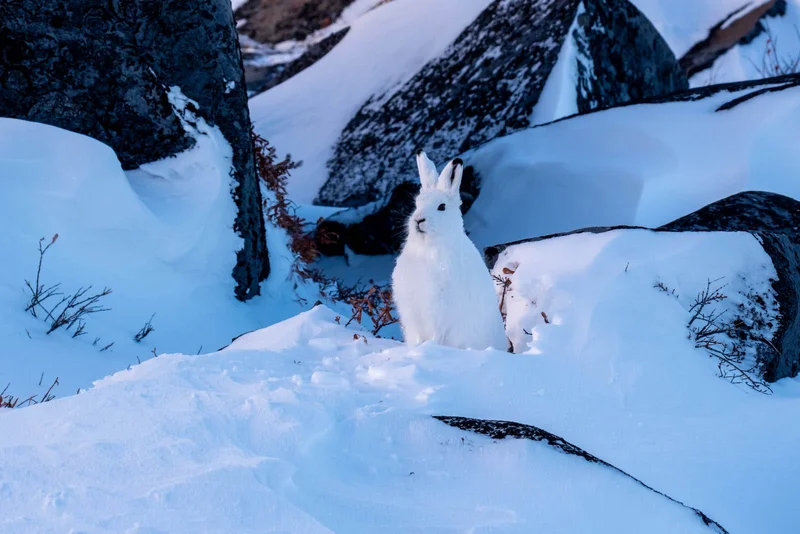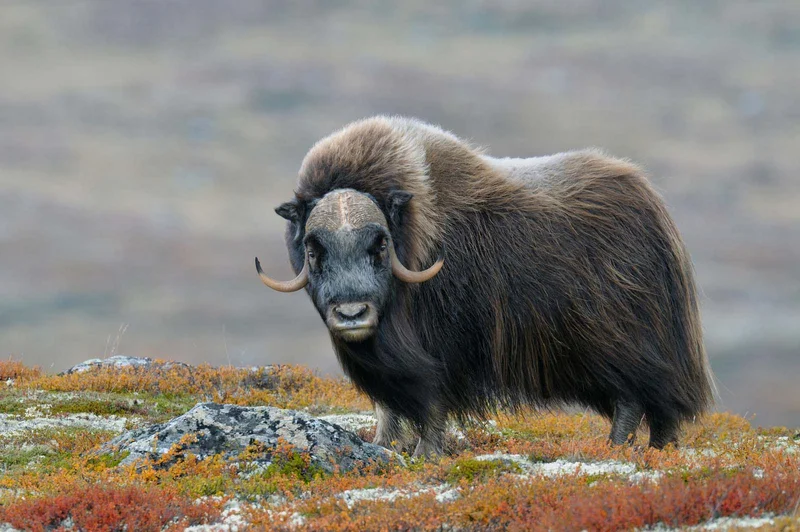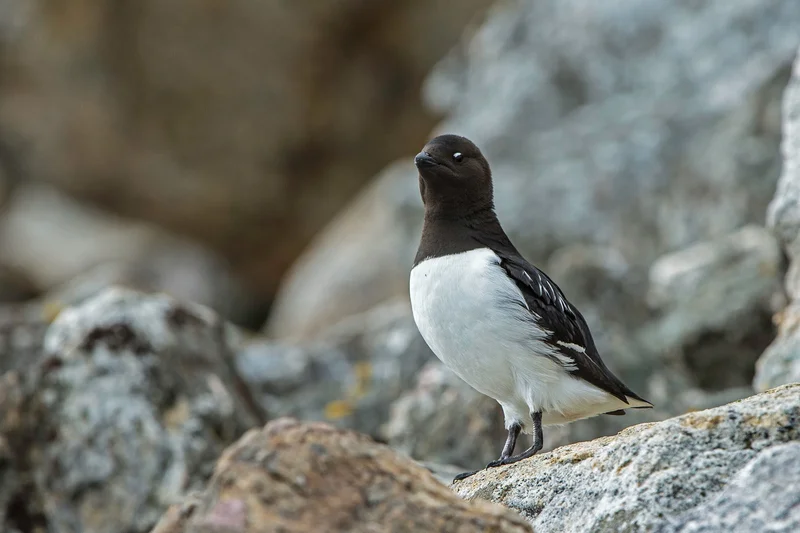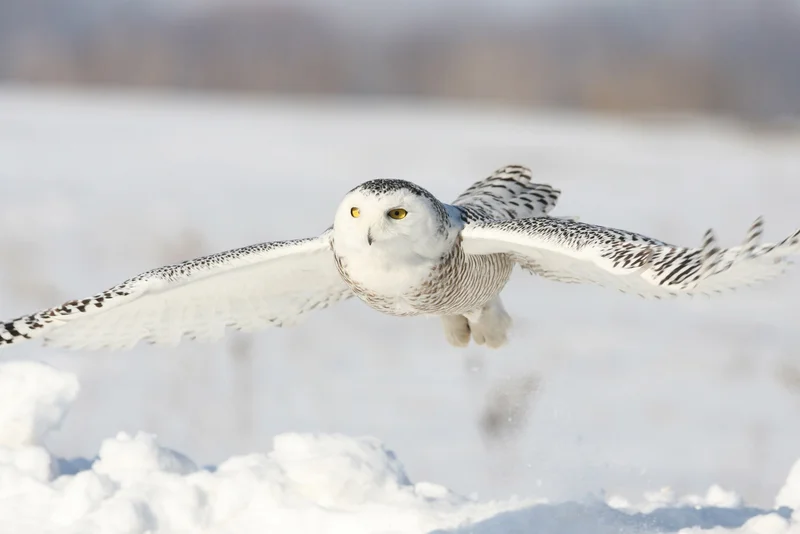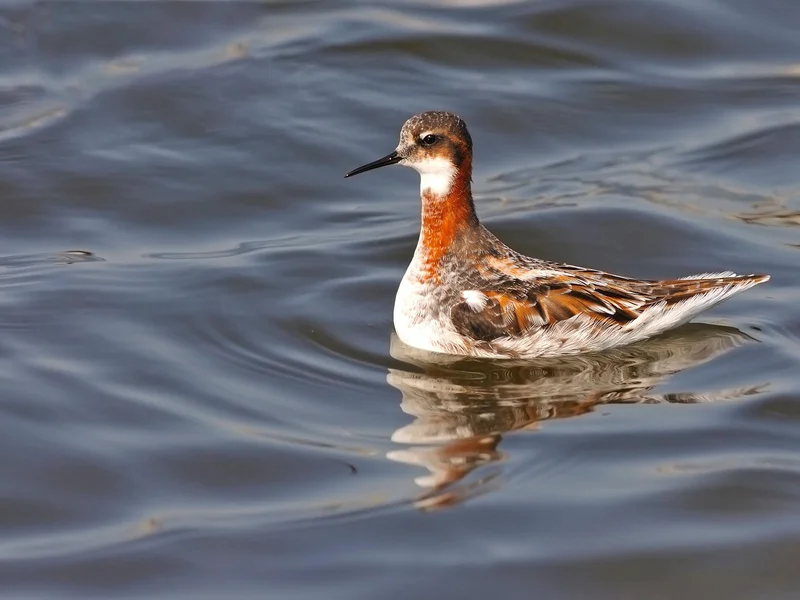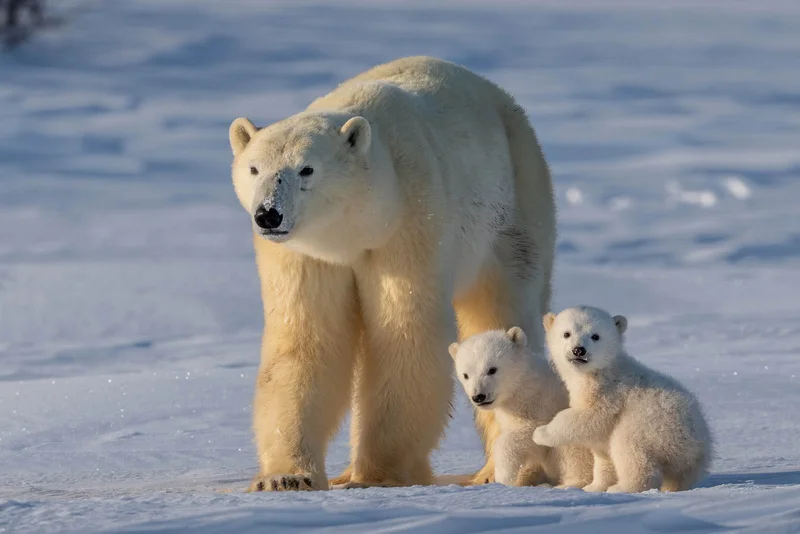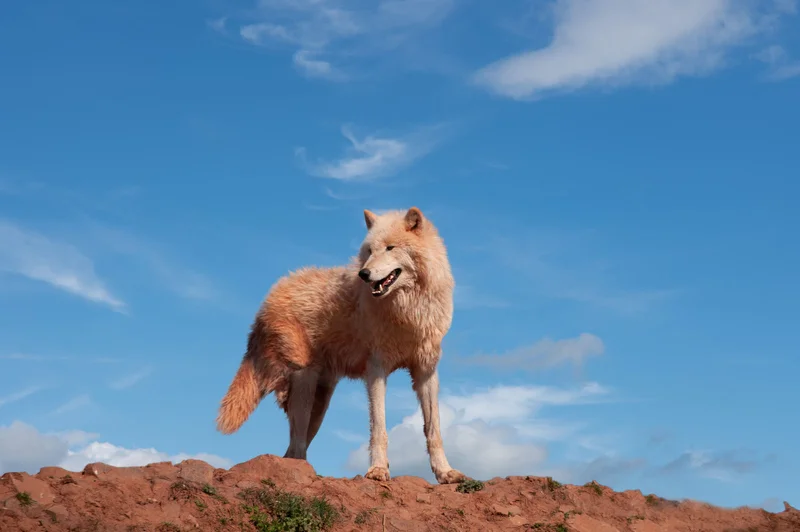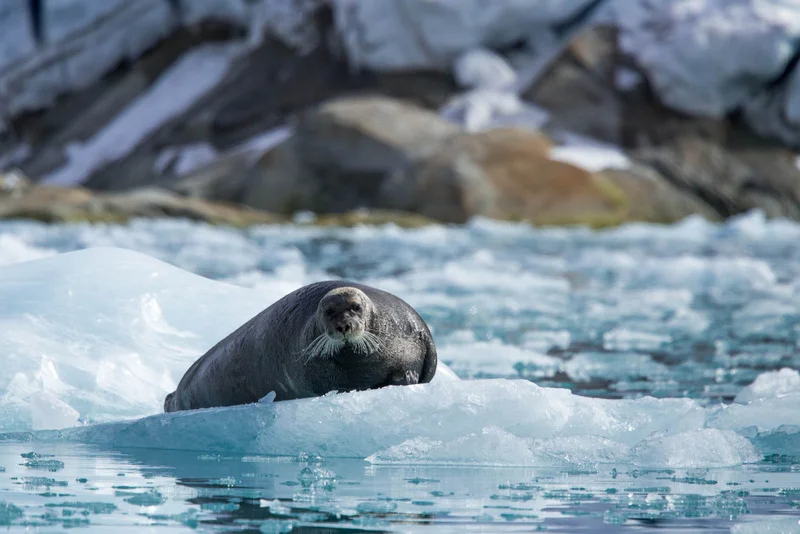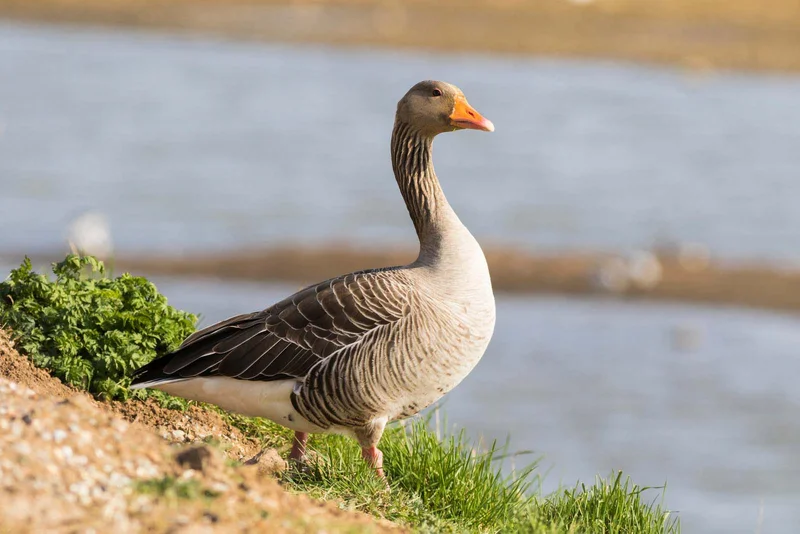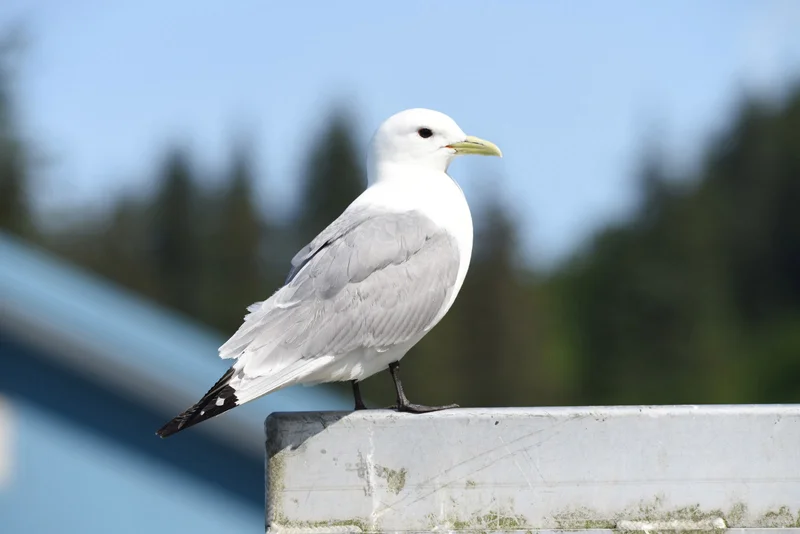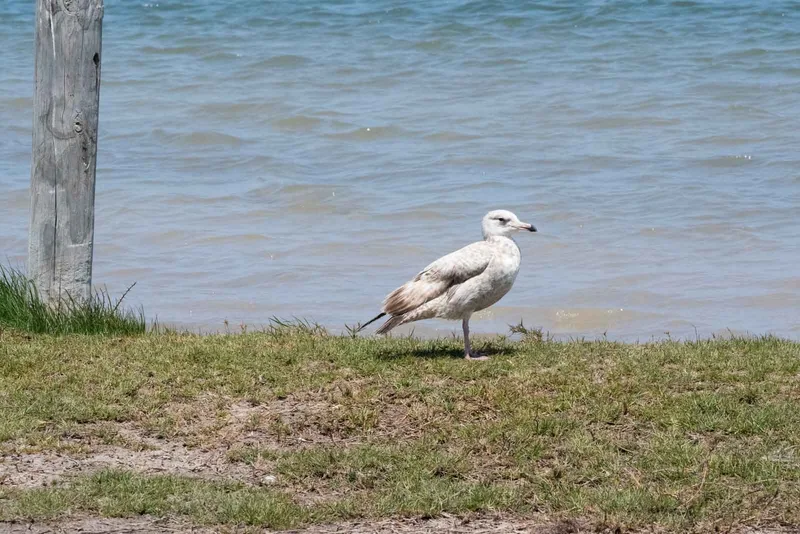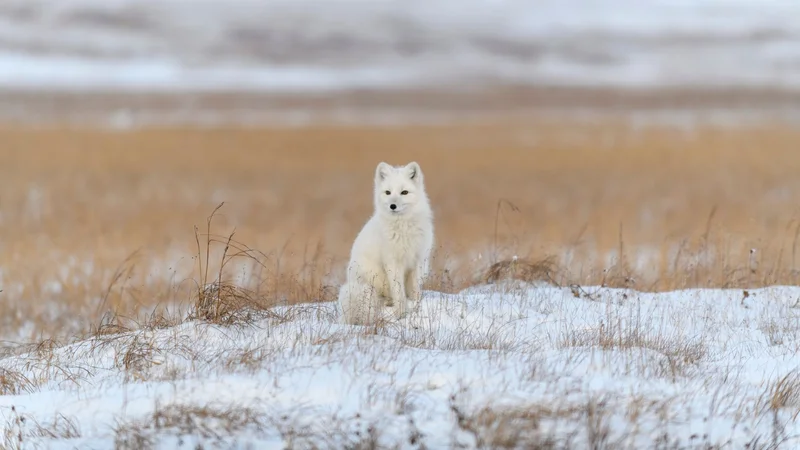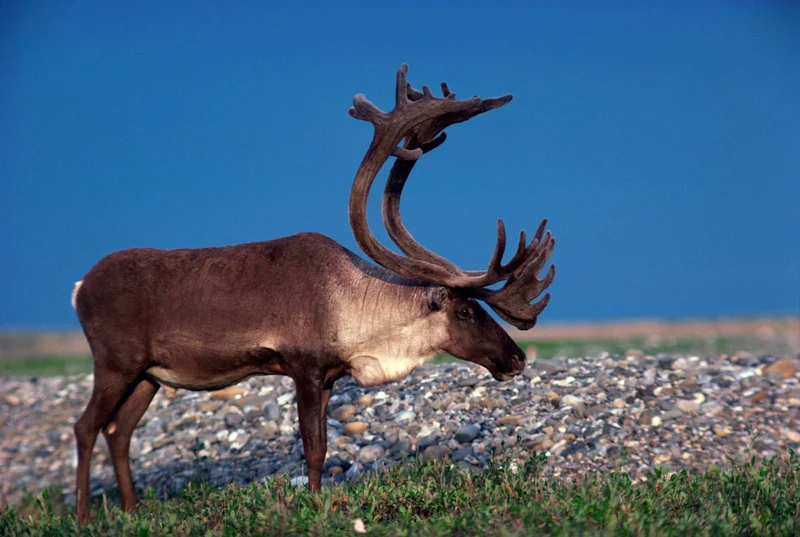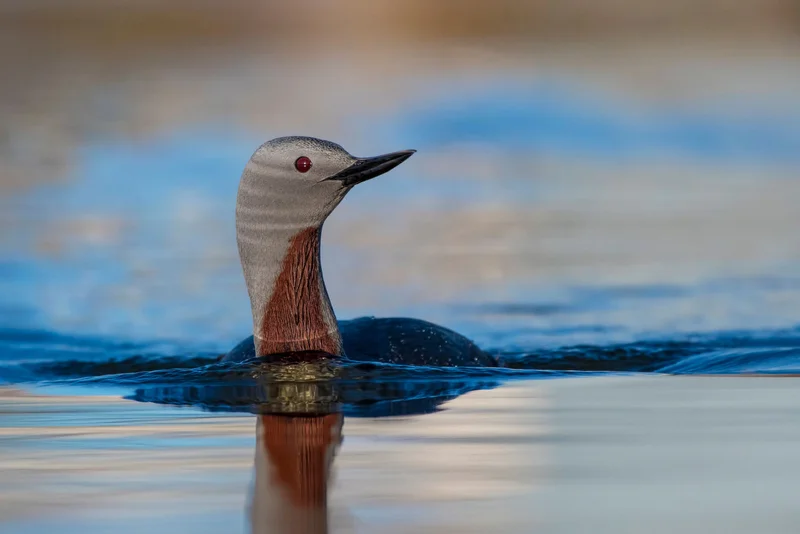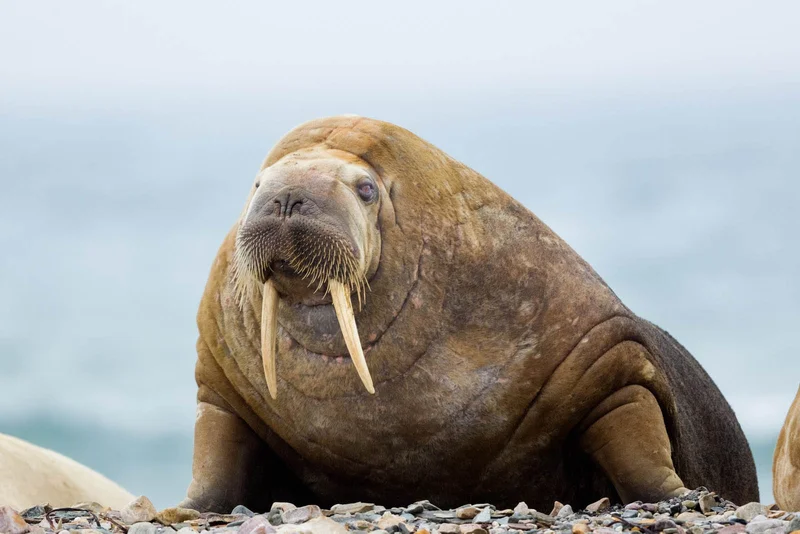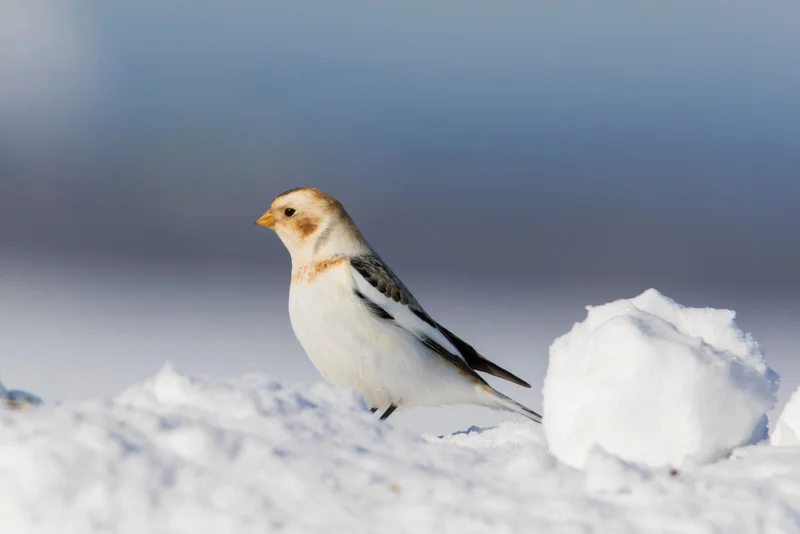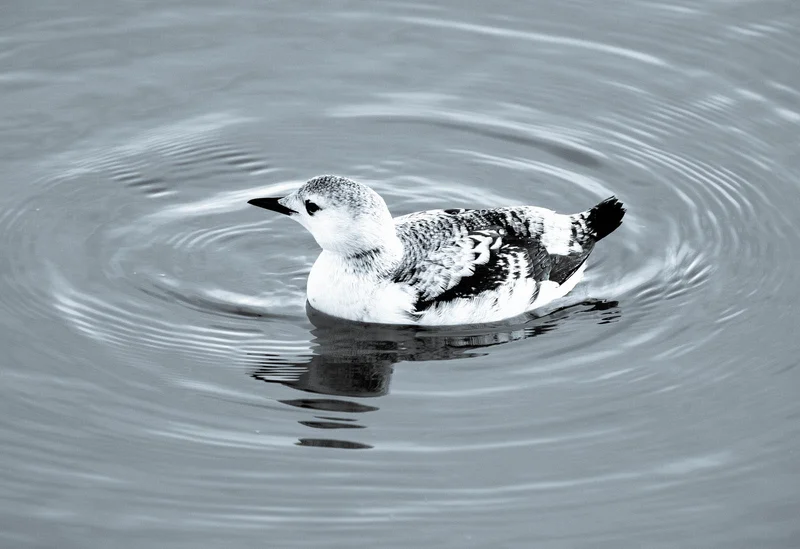Essential Reindeer Information
Reindeer, called caribou in North America, are found across Arctic and sub-Arctic regions, including North America, Europe, and Russia. With over 15 recognized sub-species, reindeer are highly adaptable and live in a variety of habitats, including tundra, forests, and mountains.
Physical Characteristics
Male reindeer (bulls) are larger than females, typically weighing around 400 lbs and standing up to 60 inches at the shoulder. One smaller sub-species, the Svalbard Reindeer, is notably smaller, reaching only about half the size of other reindeer species. Both males and females grow antlers, although the size and timing of antler shedding vary by sex.
Adaptations for Survival
Reindeer are specially adapted to withstand the harsh Arctic climate. Their legs feature a unique heat exchange system where closely intertwined arteries and veins allow cool blood to lower the temperature of warmer blood, minimizing heat loss through their legs. This adaptation helps them regulate body temperature even in extreme cold.
Behavior and Migration
Reindeer can be both migratory and sedentary, depending on the location. Some North American caribou herds undertake the longest migrations of any land mammal, covering over 3,000 miles annually. In contrast, Siberian reindeer form massive herds, with some groups numbering nearly a million. Reindeer are fast runners, with adults capable of reaching speeds of 50 mph, and even day-old calves able to run quickly to escape predators.
Relationship with Humans
Reindeer have had close relationships with humans for thousands of years. In Europe and Asia, reindeer herding by native groups, such as the Sami, is a long-standing practice. Herding protects the reindeer from predators like wolves and ensures a steady supply of meat, fur, and antler for these communities. North American caribou, however, have not been traditionally herded.
Conservation
While some populations, such as Siberian reindeer, remain large, other groups, especially in North America, are under pressure. Some herds have dwindled to under 10,000 individuals due to factors like climate change and habitat disruption.
Interesting Facts
- Longest Migration: Some North American caribou migrate over 3,000 miles annually, the longest of any land mammal.
- Speedy Calves: Even day-old reindeer calves can outrun a human.
- Symbiotic Relationship: Reindeer herding has helped protect the species from predators, creating a unique relationship with humans.
